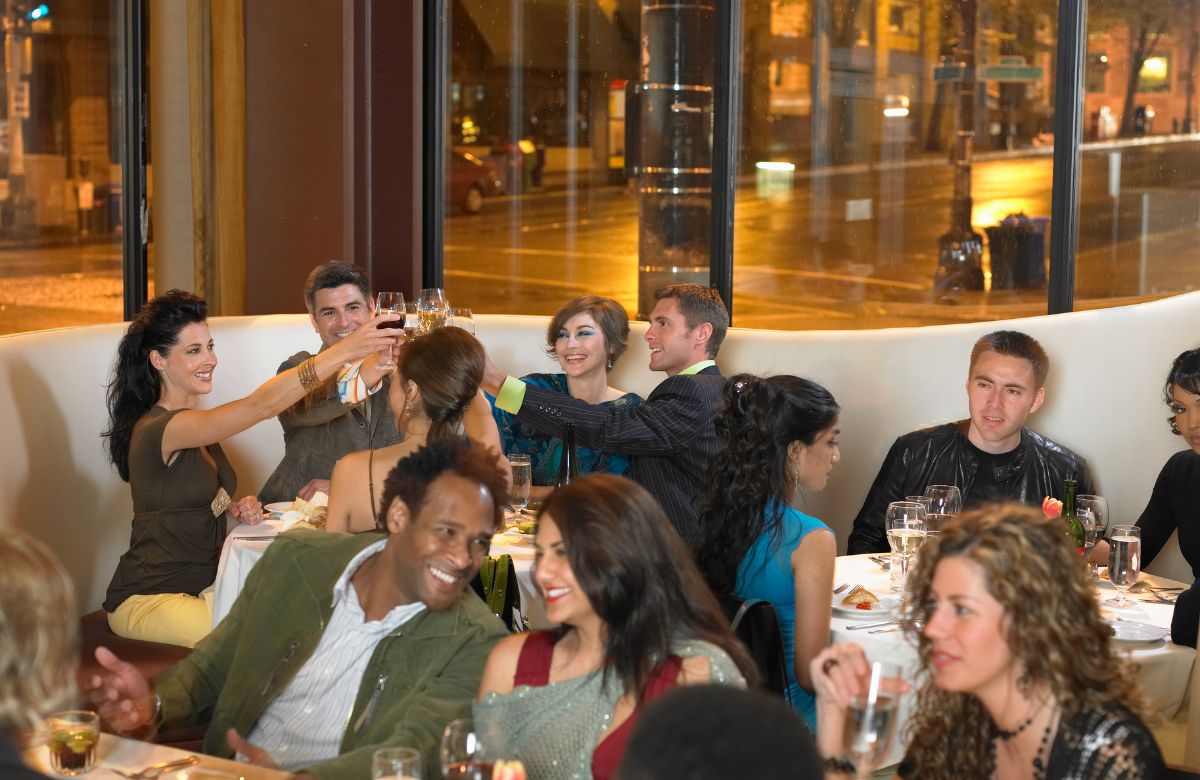Argentina has been experiencing high inflation for several years. The country has faced challenges related to fiscal deficits, currency devaluations, and debt burdens. However, in Argentina’s Buenos Aires, a top-notch culinary culture is blossoming. But how?
A New Thriving Eating Culture In Buenos Aires
Buenos Aires, the capital city of Argentina, has a vibrant and diverse eating culture that reflects the country’s rich culinary traditions and influences from various cultures. It is a cosmopolitan city with a diverse culinary scene. You can find a wide range of international cuisines, including Spanish, Japanese, Chinese, Peruvian, Mexican, Middle Eastern, and more. The city offers a plethora of restaurants, catering to different tastes and preferences.
The fact is Argentina is facing the fourth-highest rate of inflation in the world, over 114%. The market value has plummeted, plunging around 25% over a three-week period in April.
The middle and upper classes are eating out more frequently in Argentina as a result of the need to get rid of the currency as fast as possible, and chefs and restaurateurs are investing their earnings back into opening new restaurants. The restaurateurs are taking these risks as opportunities.
Also Read: Lionel Messi Was Detained At Beijing Airport By The Chinese Border Police; Here’s What Happened!
Restaurant Boom Amidst Inflation
Since 2015, the city of Buenos Aires has recorded the number of plates sold at a sample of restaurants each month in an effort to promote its culinary scene. The most current data, for April, demonstrate an increase in restaurant traffic. It is one of its highest levels ever recorded and 20% higher than at its peak in 2019, before the start of the pandemic.
Not just the historic hotspots, but even residential zones in Buenos Aires have unexpectedly become hotspots for food influencers. There are cocktail bars with masters of mixology, drag performances while you eat, vegan bakeries, green patios, and fusions of international cuisines prepared by chefs who are trained in international kitchens.
The local residents are out in full force in eating out in Buenos Aires although even tourists have flooded the place. Economists say that it is a cross-class phenomenon. It is mostly driven by middle- and upper-class consumers, many of whom have seen their income increase. Particularly for the middle-class crowd, things like holidays or a vehicle have mostly gone out of reach, so they indulge in other ways. However, even low-income workers are eating out before their money loses any more value.
What do you think of this economic phenomenon?
Cover image credits: Canva

